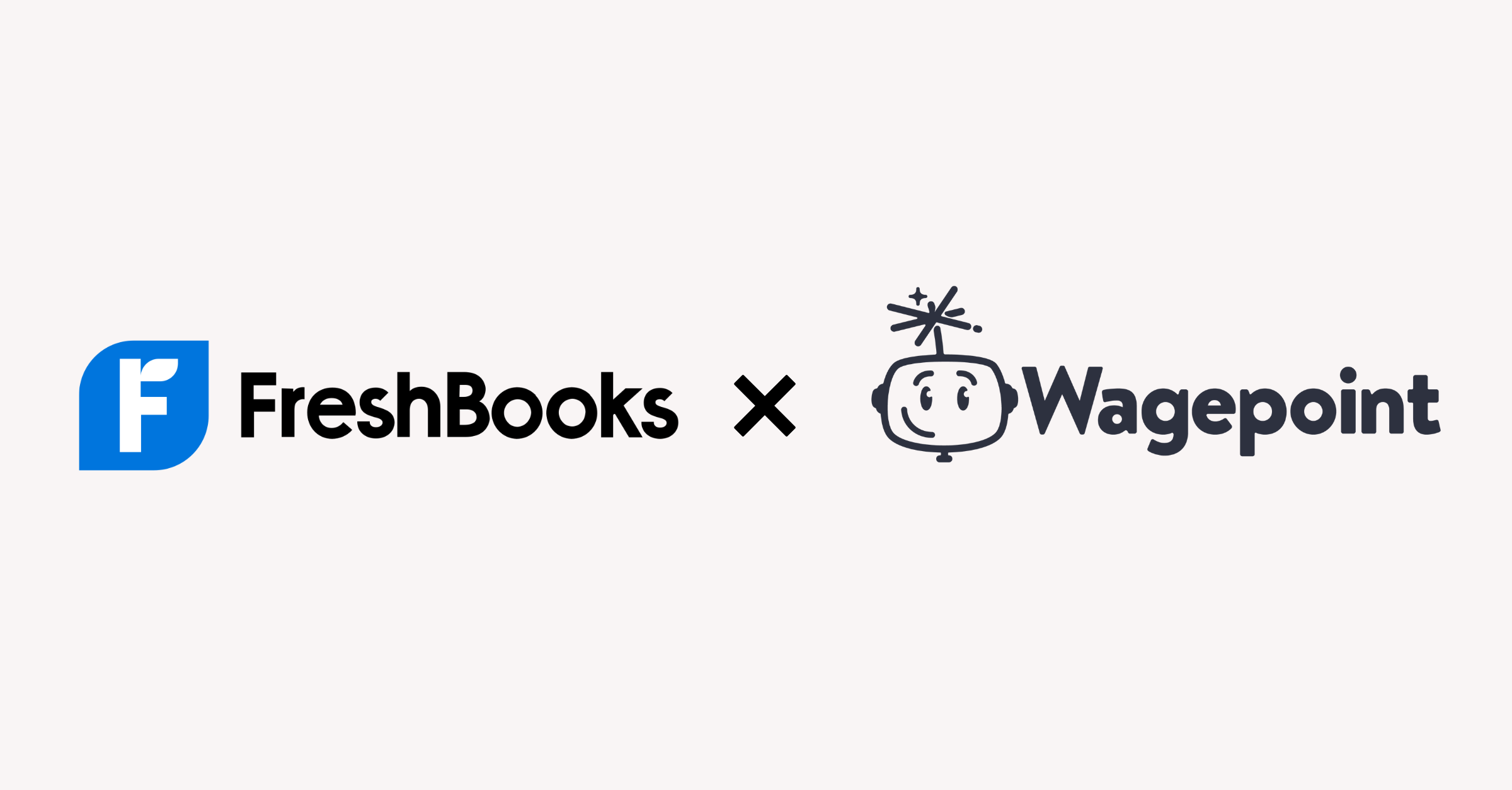Become an insider!
Get our latest payroll and small business articles sent straight to your inbox.
As the new year approaches, you’re probably thinking about how your firm can run smoother while giving you more time to build meaningful relationships with your clients.
Many accountants and bookkeepers are turning to AI to streamline tasks and make room for the work that truly matters.
At Wagefest, our annual virtual conference for Canada’s payroll and small business community, a panel of accounting pros including Eric Saumure (Zenbooks), Heather Smith (Accounting Apps Podcast), Danielle Ramsten (COO, Hawkins & Co. Accounting) and Andrew Seguin (Seguin Financial) shared real-world examples of how their firms use AI to take care of time-consuming tasks. This frees them up to provide thoughtful advisory, deliver strategic insights, and maintain the trust that clients depend on.
You can bring these strategies into your practice in 2026. Here’s how to get started.
Three New ways to use AI to elevate client experience
1. Stay present during client conversations
One of the simplest ways AI can improve your client experience is by letting you focus completely on them during meetings. Tools like Zoom transcription, Fathom and Otter.ai can automatically record and summarize your calls so that you can stay engaged without worrying about missing anything. “While we’re having the meeting, we can make eye contact. We can build relationships. We can be present,” said Heather.
Meeting summaries also ensure that nothing falls through the cracks. Andrew built a custom GPT that summarizes client meetings in his tone, giving the team a quick, clear record of discussions and action items. This keeps everyone aligned and gives clients confidence that follow-up will be consistent and timely.
2. Tailor your services to client needs
Clients notice when they are truly understood. And, with AI, you can get to know them on a deeper level. Eric captures details like number of employees, full-time versus part-time status, and other relevant data. He then asks AI to identify pain points and areas where his firm can provide the most value. This allows him to tailor meaningful proposals, rather than sending generic scope documents, that make them feel seen. “It’s about doing exactly what the client needs and wants,” he said.
You can also spot patterns and opportunities across your clients with AI. Danielle uses TaxGPT to bring all client data together, including tax information, meeting notes, and other details, so her team has a complete picture at their fingertips. “Whenever you have a project with that client, you can pop that data in, and it’s all there,” she explained. This makes it easy to answer questions and provide advice that feels personal and proactive.
3. Step up your advisory game
With AI you can focus on higher-value advisory work instead of just crunching numbers. Andrew uses Syft Analytics with a custom GPT to translate financial reports into clear, actionable recommendations in his own voice. He explained that analyzing a client’s profit and loss or balance sheet is “an art form,” and AI helps his team see what to highlight, from good wins to areas that need action. This makes it easier to provide insights that resonate with clients and support smarter, more strategic decisions.
4. Prepare for difficult client meetings
Using AI to role-play client conversations can help you show up confident and clear. Heather uses AI to simulate difficult client discussions, allowing her team to practice responses, refine messaging, and anticipate questions.
Eric applies the same approach for sales calls, using AI to simulate scenarios and test different ways to present proposals or explain solutions. By practicing with AI, you can improve your delivery, ensure your messaging aligns with your firm’s values, and make every client interaction more thoughtful.
Start with the tools you already use
You don’t need an entire new tech stack to see results. Most firms can start with AI features in the software they already use. Zoom offers transcription, Karbon can draft emails, Xero has tools like JAX, and Dext helps categorize expenses. “You do not have to use new software,” Eric said. “Just find the little AI button.”
Starting small helps you gain confidence and see results without overwhelming your team. Once you’re comfortable, Andrew suggests doing an “AI audit” once or twice a year to identify repetitive tasks that could be automated. If your team likes experimenting, you can try Eric’s approach of piloting one new AI tool each month to see if it adds value. This allows you to test new tools without disrupting your workflow.
Keep client security top of mind
As you adopt AI in your practice, protecting client data should remain your top priority. Set clear guardrails before introducing any new tools. Consider these key steps:
- Turn off AI model training when possible
- Avoid entering sensitive client information into free tools
- Vet vendors for SOC2 compliance
- Use trusted marketplaces such as the Xero App Store
- Double-check privacy and data-sharing settings
Following these steps ensures that AI helps your firm work smarter without compromising your clients’ trust.
Remember the human touch
AI helps handle busy work, surface insights, and summarize information, giving you more time to focus on your clients. But what it can’t do is replace thoughtful conversations, professional judgment, or the empathy that builds trust. Every draft or insight AI generates still needs your review and personal touch. Danielle emphasized that her team always checks details, adjusts tone, and adds context so communications reflect her firm’s voice.
When you use AI to amplify your presence instead of replace it, you become more proactive, strategic, and responsive, keeping client relationships at the heart of everything you do.
These themes were front and centre at Wagefest this year, and the full panel session dives even deeper into the AI shifts shaping payroll in 2026.
Want to explore the full conversation? → Watch on-demand here
Looking to earn CPD credits for these insights? Canada’s Payroll Collective has you covered → Join here











